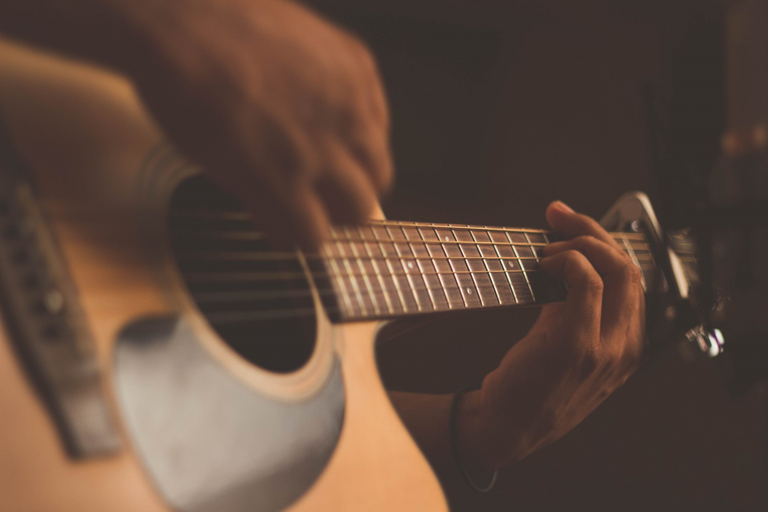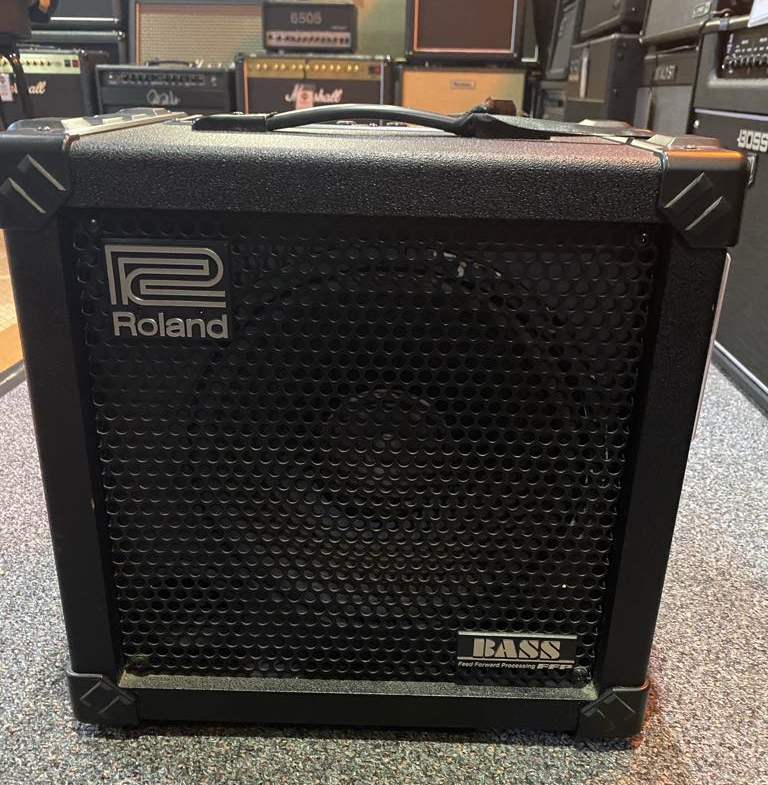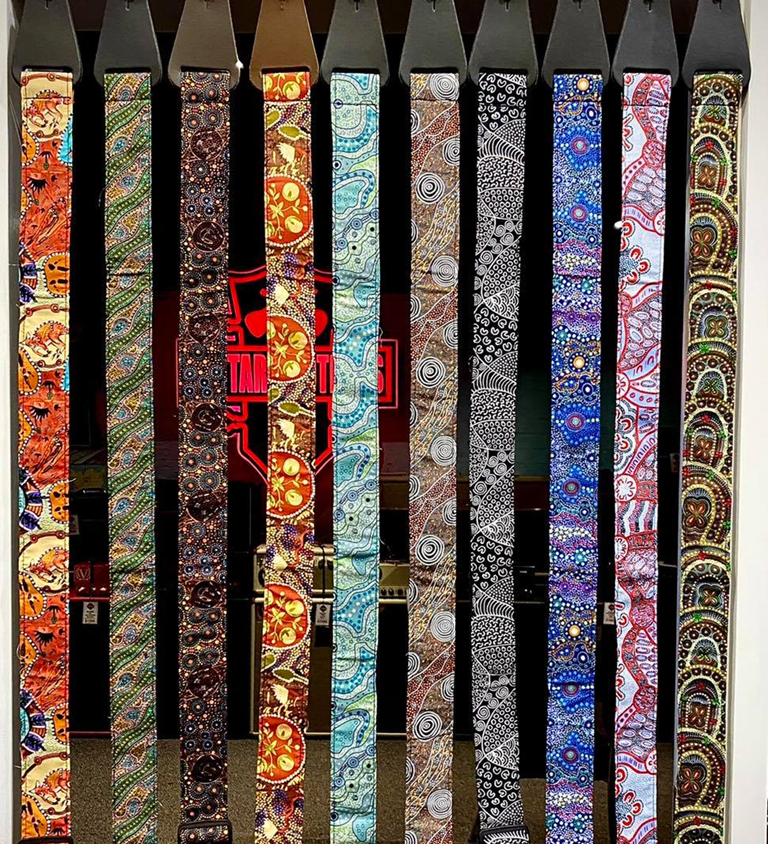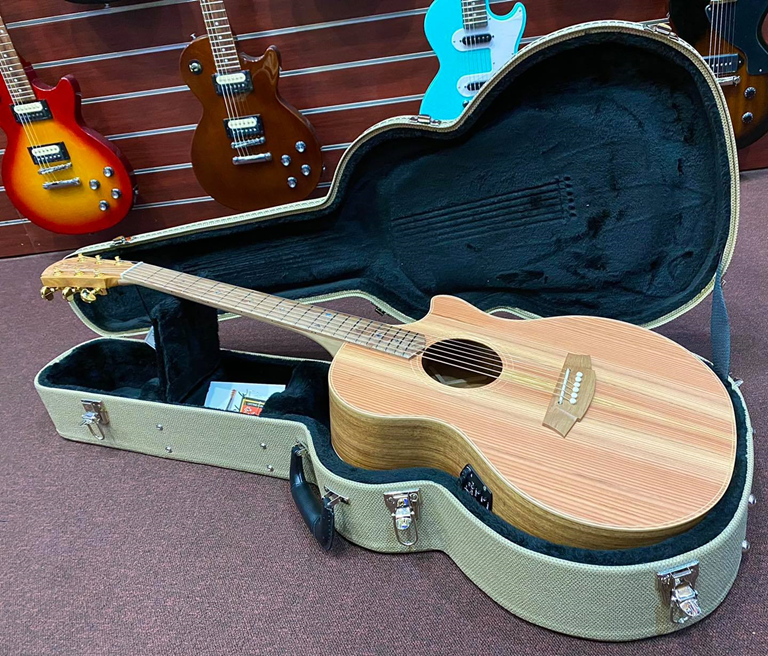Contents
Whether you’re a seasoned musician with calloused fingertips or a complete beginner just strumming your first chords, venturing into the world of guitars is an exciting journey. This versatile instrument allows you to express yourself creatively and explore a vast musical landscape. But before you dive headfirst into power chords and solos, it’s crucial to understand the guitar’s anatomy and the essential components that bring your music to life.
Decoding Your Guitar: The Parts That Make Your Music Sing

Imagine the guitar’s body as the heart of the instrument. Crafted from various woods like mahogany, maple, or spruce, it acts like a giant speaker cabinet. When you strum the strings, they vibrate, and this vibration transfers to the body.
The wood’s natural resonance amplifies these vibrations, giving your guitar its core tonal character. Mahogany, for example, is known for its warm, rich sound, while maple offers a brighter, more cutting tone.
Extending from the body is the neck. This sturdy piece connects to the headstock at one end and provides a platform for the fretboard. The neck’s profile, whether C-shaped or V-shaped, significantly impacts how comfortably your hand forms chords and fret notes.
Running along the top of the neck, the fretboard is like a roadmap for your fingers. It’s inlaid with metal frets that divide the strings into playable sections. By pressing down on a string at different fret positions between the frets, you create different musical notes. The fretboard material also plays a role in tone, with ebony offering a brighter response compared to rosewood’s warmer character.
The headstock houses the tuning machines (or tuners). These are the knobs you turn to adjust the tension of the strings, thereby controlling their pitch. By tightening or loosening the tuners, you can ensure your guitar is in tune and ready to play.
Nestled beneath the strings near the body lie the pickups. These electromagnetic devices act like tiny microphones, converting the vibrations of the strings into electrical signals. Different pickup configurations, like single-coil (think bright and twangy) or humbuckers (known for their thicker, more powerful sound), produce a vast array of tonal possibilities.
The bridge does double duty. First, it anchors the strings to the body, transferring their vibrations efficiently. Second, it houses the saddles, those small adjustable pieces under each string. These saddles allow you to fine-tune the intonation of your guitar. Intonation refers to whether each note rings true across the entire fretboard. By adjusting the saddles, you ensure your guitar sounds accurate up and down the neck.
They may seem like simple threads, but strings are the very lifeblood of your guitar’s voice. Made from steel or nylon, they come in various gauges. Thicker strings have a warmer tone and require more effort to press down, while lighter gauges offer a brighter sound and easier playability. Experimenting with different string types allows you to personalise your guitar’s voice and feel.
Essential Add-Ons to Enhance Your Playing
Now that you’ve grasped the core components of the guitar, let’s explore some crucial add-ons that elevate your playing experience:
Amplifier

The guitar cable connects your instrument to your amplifier – the unsung hero that takes the weak electrical signal from the pickups and amplifies it into a powerful, room-filling sound. This powerful device takes the weak electrical signal from your pickups and amplifies it into a room-filling sound.
If you’re looking to buy a for sale guitar amplifier, consider key factors such as wattage. This number reflects the amp’s volume. Higher-wattage amps are ideal for loud gigs, while lower-wattage amps are perfect for home practice. The speaker itself plays a crucial role in shaping the final sound.
Different speaker sizes and materials produce distinct sonic characteristics. A 12-inch speaker, a popular choice, delivers a powerful, full-bodied sound, while a 10-inch speaker might be preferred for its tighter, brighter response. Beyond size, the speaker’s cone material can also influence tone. Paper cones are known for their warmth, while metal cones offer a brighter, more cutting sound.
Guitar amps come in various configurations to suit different needs and playing styles. Combo amps integrate the amplifier and speaker into a single, portable unit. These are ideal for practice, jamming, or smaller gigs. For larger venues, stack amps separate the amplifier head (containing the preamp and power amp) from the speaker cabinet, allowing for more modularity and potentially louder volume.
Finally, the modern for sale guitar amplifier range often incorporates built-in effects processors. These add a whole new dimension to your sound, allowing you to add reverb, chorus, delay, and a plethora of other effects without needing separate pedals. With so many options and features available, choosing the right amplifier can be an exciting journey for any guitarist, unlocking a world of sonic possibilities.
Picks
Experiment to find a pick that feels comfortable and complements your playing style. Thicker picks offer warmth and grip, while thinner picks produce brighter sounds and allow for faster picking techniques. Celluloid picks are classic, offering a bright and balanced sound. Nylon picks are known for their flexibility and warmth, while exotic materials like tortoiseshells offer unique tonal signatures.
Strap

A comfortable strap lets you play standing up with ease, freeing up your hands for more dynamic playing and stage presence. Look for breathable materials like leather or padded fabric for long sessions or gigs.
Capo
This handy tool clamps onto the fretboard, effectively shortening the playable length of the strings and raising the pitch of all notes by a specific number of semitones. This allows you to play songs in different keys without having to relearn the finger positions for each chord. Spring-loaded capos are the most popular choice for their ease of use.
Gig Bag/Hard Case

A well-padded gig bag offers portability for casual use, ideal for carrying your instrument to lessons or jam sessions. They’re typically lighter and more compact than cases.
For ultimate protection, especially during travel or storage, invest in a hard case. These cases are typically made from wood or fibreglass and offer superior impact resistance. Choose a case that fits your guitar snugly to prevent any movement inside that could cause damage.
Taking Care of Your Instrument
Every now and then, your instrument needs some TLC to maintain its playability and beautiful sound. Extreme temperatures and humidity fluctuations can wreak havoc. That said, avoid storing it in attics, basements, or near heat sources. Aim for a climate-controlled room with moderate temperature and humidity.
After each playing session, wipe down the body and fretboard with a soft, clean cloth. This removes sweat and oils that can build up over time and potentially damage the finish. It’s good to note that strings don’t last forever. They lose their bright tone and elasticity as you play. Depending on how often you play, plan to replace your strings periodically.
Consider taking your guitar to a qualified technician for periodic checkups and adjustments. A professional can ensure your guitar is in optimal playing condition, and identify any potential issues.

